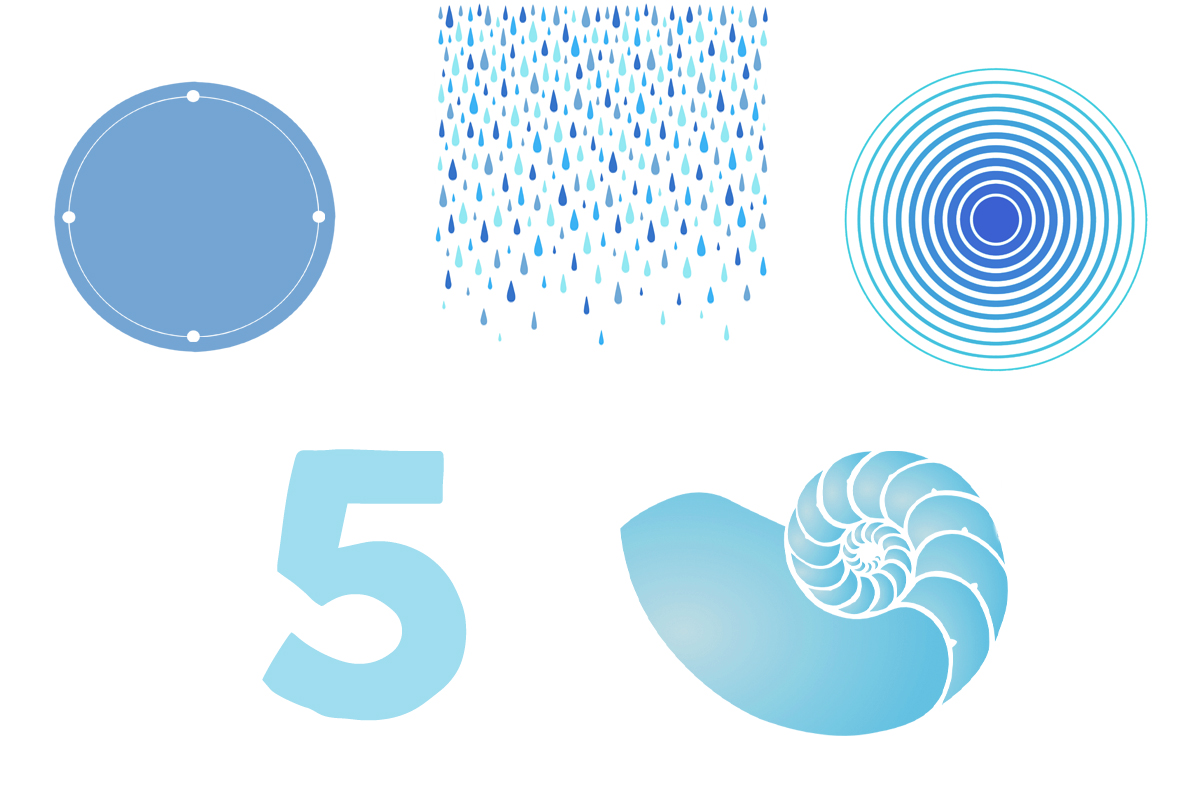Metaphors, Ancient Wisdom & Personality Types in the Development of Our Earth Every Day
When the idea of Our Earth Every Day began, a group of “egalitarian contemplators” gathered together to consider how to approach an integration of Earth Day concepts into a continuous process. The following blog shares some interesting insights which grew out of the interplay of differing perspectives.
Initially, the group utilized metaphors to try to describe the complexity of environmental issues coupled with the impact of small, yet significant contributions to improving societal perspectives on our planet and the inhabitants thereof. One early metaphor spoke of each person as a drop of water, perhaps falling to the ground on a high mountain, then joining with other individuals (droplets) coalescing into a rivulet, then joining other rivulets to sequentially form brooks, streams, small rivers, then large rivers and ultimately flowing into vast oceans – all comprised of individual droplets making their contribution. This suggested that there really are no actions to improve the environment which are too small to respect. The “pebble in the pond” metaphor was also employed to illustrate how small actions can have a ripple effect that extends far beyond its apparent initial impact.
As we explored the above concepts, it became apparent that our ideas needed to become actionable to have impact. Yet, recognizing the complexity of human interactions, we looked for a framework to begin a process of bringing together disparate ideas into an aligned framework. The “Five Good Deeds” were suggested as a remarkably simple way to remind each of us the importance of every day doing a good deed for ourselves, our families, our friends, strangers, and last and perhaps most importantly, for our planet.
As we engaged in discussions about how to support Our Earth Every Day and the Five Good Deeds, we recognized patterns of behavior and interaction. While metaphors have power, we also addressed the power of symbols. As our group went through creative and at times rather humorous symbols we could use, we began to see a commonality in our thoughts. Interestingly, the ideas began to coalesce around a symbol common in ancient cultures essentially captured by the compass point symbol. The four individual compass points corresponded to good deeds for ourselves, family, friends and strangers, and all were encompassed by or contributed to a greater goal – good deeds for the entire planet and all who are privileged to occupy it.
Finally, and what I find most fascinating is that our discussions evolved into looking at human personalities, characteristics, and archetypes which allowed us to better understand each other and work in a collaborative manner.
We began with recognition of differences of personalities within our group. Using the ancient archetypes of earth, air, fire and water personality traits, we quickly recognized that individuals in our group had different dominant attributes and, as such, we all had individual strengths and weaknesses. The compass point symbol and the components of earth, air, fire and water are common to many ancient spiritual traditions. Could it be that these cultures so connected with their planet possessed insights which could be valuable to a planetary perspective?
Let me conclude with a bit of recent science, not Western or Eastern science, but global science. I was educated in Newtonian physics, and am… I might say… very satisfied with the concepts. I can use them daily in my life. For example, a heavy hammer will drive a small nail through wood. Then, while I’m totally happy with Newton’s perspective, along come concepts such as particle physics, quantum theory, and field theory.
This stuff is real and is fascinating science. But for this discussion, what is so enlightening is how modern physics can fit the situation we are addressing. Fractals, for example, are fascinating. They were first named by a mathematician in 1975, so historically they are a very recent discovery. Basically, fractals are extremely complex patterns that appear the same across different levels of magnification, essentially looking the same no matter how big or small you make them.
To conclude this discussion, I mentioned fractals because, in our group, they were used to explain how local patterns (or perhaps environmental interventions) can be reproduced on a global scale, yet the essential information on global initiatives may also be incorporated into local efforts. I’m not suggesting that these archetype or metaphors are essential, but they have been very useful in addressing global issues and aligning them with local initiatives.
This blog was created to share the dynamics of conversations taking place during the early days of development of Our Earth Every Day and the Five Good Deeds. We are committed to the perspective of being open to creative ideas, sharing successes and building upon the experience of others. We hope you will join us as an “egalitarian contemplator” on our journey to improve the health of our planet.
This article is shared by doctor, lawyer, woodworker and contributor to Our Earth Every Day, Paul Weygandt

